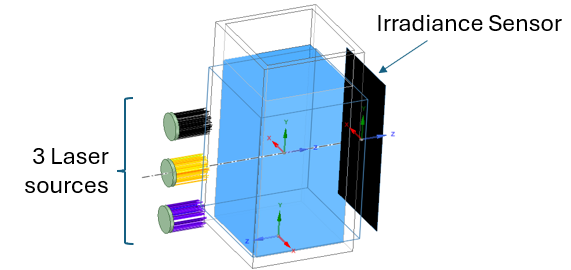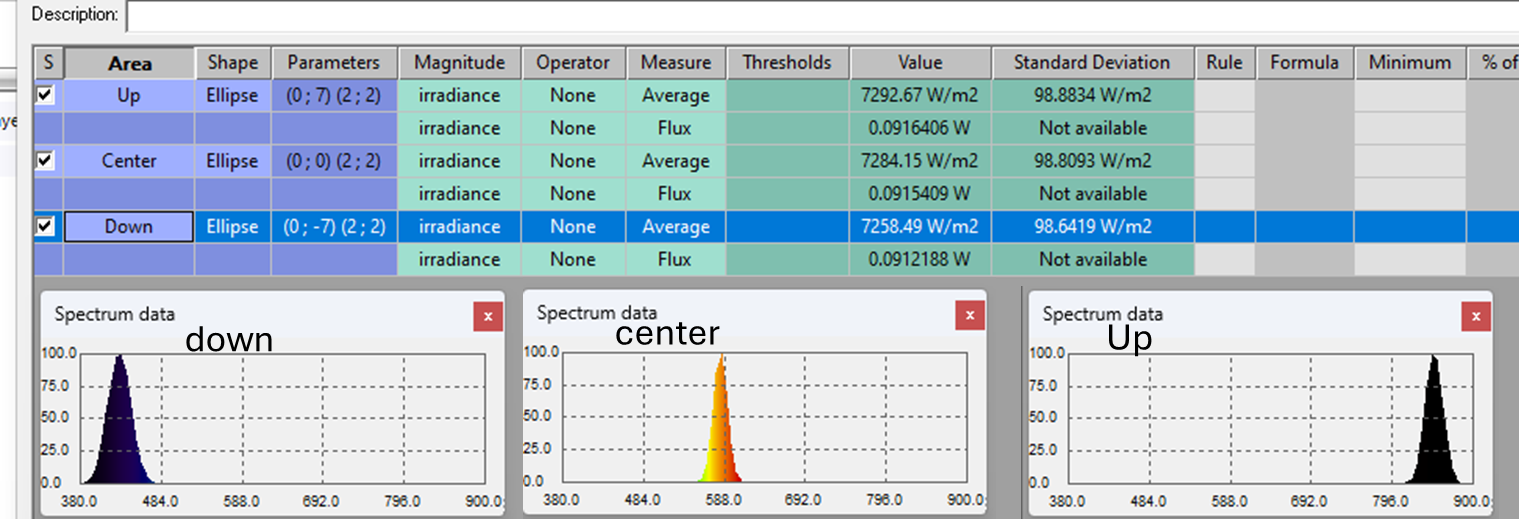Introduction
A cutting-edge tool in the dynamic field of environmental science, Ansys SPEOS provides deep insights and innovative solutions to the complex issues surrounding water quality management. Through its optical system capabilities, it provides a robust framework for understanding and improving the ecological dynamics of different environments.
Key Features and Benefits
Multi-Material Modeling:
To accurately simulate environmental interactions, SPEOS's ability to model different materials-liquids, solids, and gases-is critical. This feature is particularly useful in studies involving complex water bodies where multiple substances interact.
Advanced Particle Dynamics with MIE Model:
SPEOS simulates how light interacts with particles using the Mie theory, which is crucial for assessing water clarity and pollution levels. It enables environmental scientists to predict how pollutants like microplastics and suspended sediments affect light propagation in water, allowing them to develop clearer, more effective methods for treating water.
Flexible Phase Function Models:
SPEOS utilizes sophisticated phase function models, such as Henyey-Greenstein and Gegenbauer, to simulate light scattering. This is vital for creating realistic environmental visuals and for researchers aiming to understand and mitigate the effects of light scattering by pollutants in water bodies.
Quick Setup of Simulated Environments:
Using the tool, complex environmental conditions can be quickly configured and simulated, significantly speeding up analysis. This quick setup is invaluable for researchers and policymakers needing to make swift decisions based on environmental data.
Application in Environmental Science: A Case Study
As an example of SPEOS' capabilities, consider a simulated environment where water is mixed with soot in order to simulate a polluted water body. SPEOS simulates the interaction of light with soot particles, offering both visual and quantitative insights that enable scientists to assess pollution levels and their effects on water quality.
Here's the water measurement setup as shown in Fig. 1. This structure helps us evaluate water quality. In the image, we have three laser sources in green, blue, and red, using an irradiance sensor as a detector. For the solvent side, we introduce soot to the water for comparison. We will generate three outcomes: pure water, pure water plus soot with a particle density of 1,000 per cubic millimeter, and pure water with 1,200 particles per cubic millimeter. We will study their radiometry data and establish a specific area to measure the power, which is vital for designers of particle systems.

Figure. 1: measurement setup
The log-normal distribution is described as follows with 𝑆. as the standard deviation and 𝑟0 as the mean radius.

The total concentration (Part/𝑚𝑚3) is the integral of the curve displayed and corresponds to the particle density:.
Fig. 2: log-normal distribution of soot
Visualization and Output:
The results from SPEOS simulations reveal how light of different wavelengths (green, blue, and red, according to our setup) is absorbed or scattered by contaminants. Such data is essential for pinpointing the pollutants that most significantly affect water quality and their influence on the water's visual characteristics. Figures 3(a), 4(a), and 5(a) display the irradiance maps, while Figures 3(b), 4(b), and 5(b) detail the irradiance and spectra for water, water with soot at 1000 particles per cubic millimeter, and water with soot at 1200 particles per cubic millimeter, respectively.
(a)

(b)
Fig. 3: Pure_water (a) irradiance maps (b) detail the irradiance and spectra
(a)
(b)
Fig. 4: water with soot at 1000 particles per cubic millimeter (a) irradiance maps (b) detail the irradiance and spectra
(a)
(b)
Fig. 5: water with soot at 1200 particles per cubic millimeter (a) irradiance maps (b) detail the irradiance and spectra
In Summary
Embracing SPEOS in your environmental management practices enhances not only operational capabilities but also positions your projects at the forefront of sustainability efforts. For those in the field of environmental science looking to integrate sophisticated analytical tools into their workflow, SPEOS offers a promising avenue for more informed and effective solutions to managing water quality.
This tool’s detailed simulation capabilities allow for a deeper understanding of how environmental factors and pollutants interact, making it an essential component of modern environmental science. Whether it's for academic research, government policy making, or private environmental consultancy, SPEOS provides a detailed, accurate, and efficient means to improve our understanding and management of ecological systems, particularly water quality.
Apr 26, 2024 1:56:41 PM
